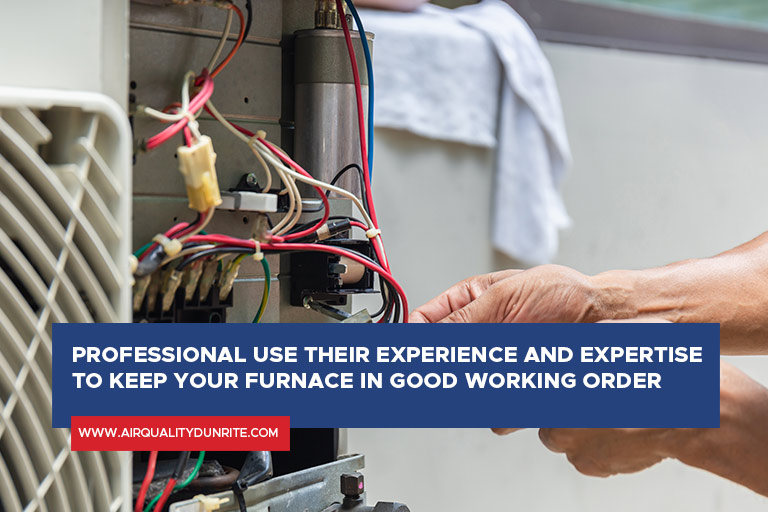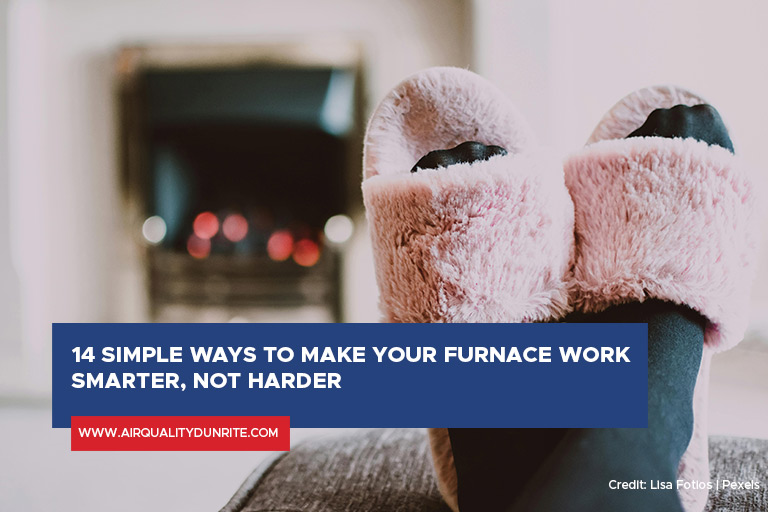In the cold months, a well-functioning furnace is crucial for warmth and comfort. However, high energy bills and frequent maintenance can be burdensome. Optimizing your furnace’s efficiency ensures it works smarter, not harder, extending its lifespan, reducing energy costs, and maintaining a consistent temperature. This article explores practical strategies for enhancing your furnace’s performance.
How to Improve Furnace Efficiency

-
Maintain Your Furnace Regularly
Routine check-ups are essential for keeping your furnace in optimal condition. A professional technician can identify issues before they escalate into costly repairs. Annual inspections include cleaning the furnace, checking for leaks, assessing the thermostat, and replacing the filter. This preventative approach ensures your furnace operates efficiently.
-
Seal and Insulate Your Home
Effective sealing and insulation keep warm air inside, reducing the furnace’s workload. Inspect windows, doors, and ductwork for leaks and seal them with caulking or weather-stripping. Adding insulation to attics, walls, and basements retains heat, allowing the furnace to maintain comfort with less effort. Using heavy curtains, double-glazing, and door sweeps are effective ways to retain warmth.
-
Upgrade Your Thermostat
Switching to a programmable or smart thermostat can significantly reduce heating costs. These devices adjust your home’s temperature based on your schedule and preferences, ensuring the furnace operates only when needed. Smart thermostats even allow remote control via smartphones, offering convenience and further energy savings.
-
Optimize Airflow
Ensure vents are unblocked by furniture or curtains and consider having your ductwork professionally cleaned to remove debris. Balanced airflow prevents the furnace from overworking, promoting longevity and consistent heating.
Use ceiling fans. Contrary to popular belief, ceiling fans are useful in winter. By setting them to rotate clockwise at a low speed, you can push warm air down from the ceiling without creating a draft. This simple step can improve heat distribution and comfort, easing the furnace’s task.
-
Update Your Furnace
If your furnace is older and frequently needs repairs, it might be time for an upgrade. Modern furnaces are more energy-efficient, with some models converting up to 98% of their fuel into heat. Although the initial cost can be high, the long-term savings on energy bills and reduced repair costs justify the investment.
-
Educate Household Members
Ensuring all household members understand the importance of energy-saving practices can make a significant difference. Simple habits, such as closing doors to unoccupied rooms and wearing appropriate clothing indoors, can reduce the furnace’s workload and contribute to a more sustainable home environment.
-
Use Zoning Systems
Installing a zoning system allows you to control the temperature in different areas of your home independently. This means you can heat only the spaces in use, making your furnace work more efficiently and reducing energy consumption.
-
Invest in Quality Furnace Filters
High-quality furnace filters not only improve air quality but also protect the furnace from dust and debris that can impair its efficiency. Choose filters with a high MERV rating for the best performance and change them regularly, ideally every three months.
-
Embrace Smart Home Technology
Incorporating smart home devices beyond a smart thermostat can further enhance furnace efficiency. Smart vents, for instance, automatically adjust airflow to different rooms, ensuring even distribution of heat and reducing unnecessary strain on your furnace. Smart sensors can detect occupancy in rooms, adjusting the temperature accordingly to avoid heating empty spaces.
-
Perform Regular Duct Maintenance
Leaky or blocked ducts can significantly reduce your furnace’s efficiency by forcing it to work harder to distribute air throughout your home. Have your ductwork inspected and sealed if necessary to prevent heat loss. Regular cleaning removes dust and debris, improving airflow and air quality, while insulation around ductwork minimizes heat loss.
-
Adjust Your Water Heater
The water heater is another significant energy user in most homes. Lowering its temperature to a warm setting (around 120°F or 49°C) can reduce energy consumption without sacrificing comfort. This action indirectly reduces the overall demand on your furnace to maintain a comfortable indoor environment, especially if your furnace also heats water for home use.
-
Conduct an Energy Audit
A professional energy audit can identify specific areas where your home is losing heat or using energy inefficiently. Auditors use tools like blower doors and infrared cameras to pinpoint drafts, insulation gaps, and other inefficiencies. Based on the audit’s findings, you can make targeted improvements to your home’s envelope and systems, ensuring your furnace doesn’t work harder than it needs to.
-
Embrace Solar Heat
Even in the colder months, the sun can contribute to heating your home. Open curtains or blinds on sunny days to allow natural sunlight to warm your interior. This passive solar heating can reduce the demand on your furnace during daylight hours. Just remember to close them as the sun goes down to keep the warmth inside.
-
Install Humidifiers
Air humidity plays a crucial role in how warm a room feels. Dry air tends to feel colder, which can lead to higher thermostat settings and increased furnace usage. By installing a whole-home humidifier, you can maintain a comfortable humidity level, making the air feel warmer at lower temperatures and easing the workload on your furnace.
How a Professional Can Help Maintain Furnace Efficiency

A professional technician plays a crucial role in maintaining the efficiency of your furnace. Here are key ways they contribute:
-
Expert Inspections
Technicians can thoroughly inspect your furnace, identifying and resolving issues that may not be obvious to the untrained eye. This prevents small problems from becoming larger, costly ones.
-
Tune-ups
Regular tune-ups ensure your furnace operates at peak efficiency. This includes cleaning components, checking for proper airflow, and adjusting settings for optimal performance.
-
Safety Checks
Professionals conduct safety checks to ensure your furnace operates safely, checking for gas leaks or carbon monoxide risks, which are vital for your family’s safety.
-
Energy Efficiency Advice
A technician can provide tailored advice on how to improve your furnace’s efficiency based on its model and your home’s specific needs, potentially saving you significant amounts on your energy bills.
-
Proper Installation of Parts
If parts need replacing, professionals ensure they are installed correctly, which is essential for maintaining your furnace’s efficiency and longevity.
-
Recommendations for Upgrades
They can suggest when it’s cost-effective to repair versus replace your furnace, advising on the latest energy-efficient models that could save you money in the long run.
Implementing these strategies can significantly improve your furnace’s efficiency, leading to a warmer, more comfortable home and lower energy bills. Remember, regular maintenance is key to ensuring your furnace operates at its best.
For expert advice and professional furnace repair in Vaughan and Richmond Hill, contact Air Quality Dunrite at (416) 674-8184. Together, we can ensure your furnace works smarter, not harder, providing you with reliable warmth and comfort throughout the colder months.



